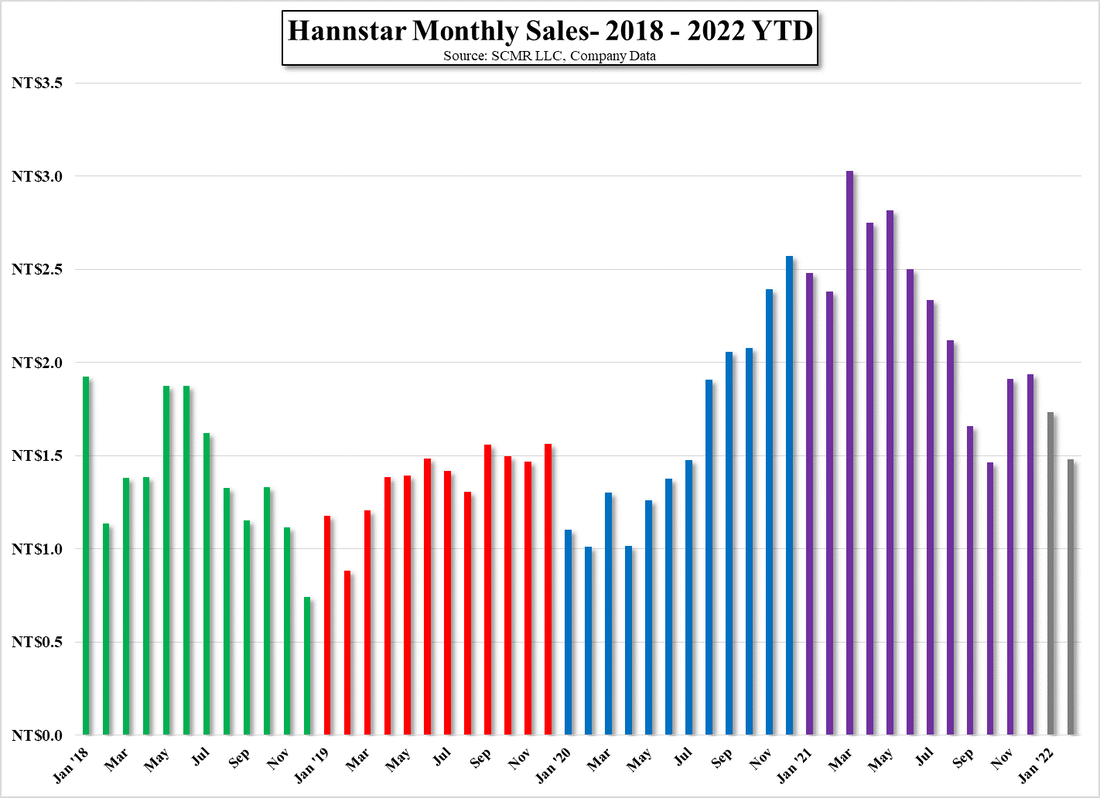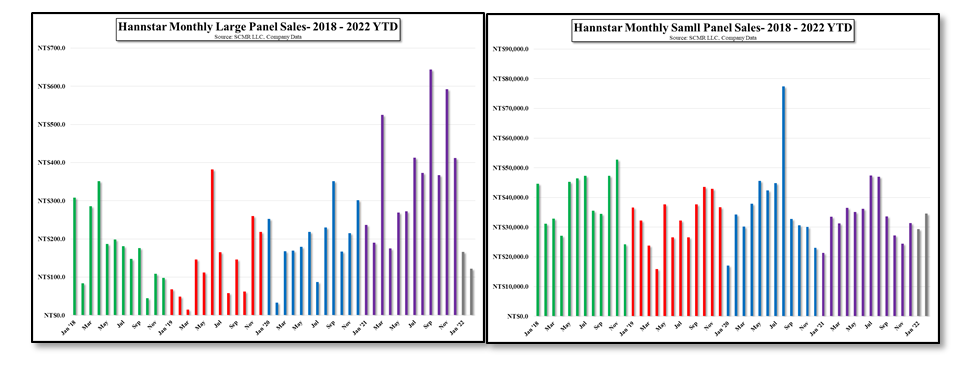HIK Vision to Bypass Entities List?
0 Comments
Shenzhen COVID Lockdown |
AuthorWe publish daily notes to clients. We archive selected notes here, please contact us at: [email protected] for detail or subscription information. Archives
May 2025
|













 RSS Feed
RSS Feed